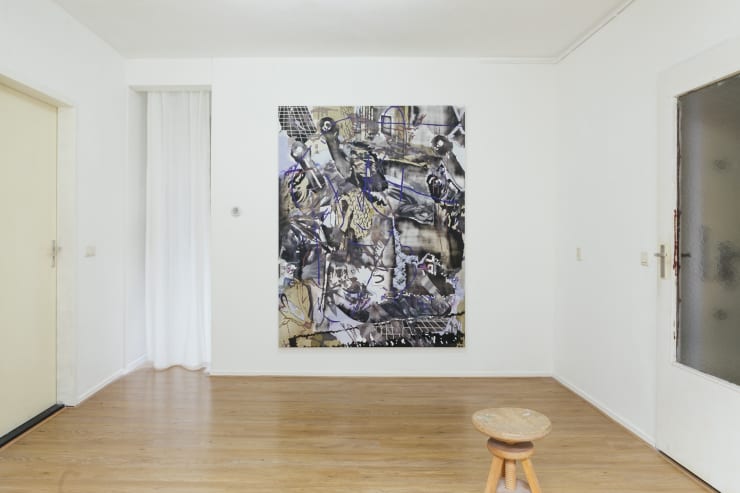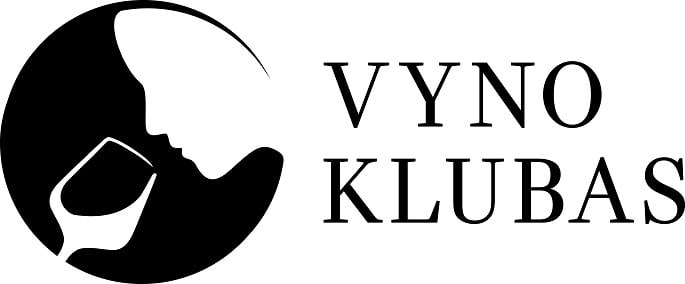Gabrielė Adomaitytė
Rezi van Lankveld
W. Rossen
17th March 2021 - 25th April 2021
One of the basic pieces of furniture, a chair, is a type of seat. Its primary features are two pieces of a durable material, attached as back and seat to one another at a 90° or slightly greater angle, with usually the four corners of the horizontal seat attached in turn to four legs—or other parts of the seat's underside attached to three legs or to a shaft about which a four-arm turnstile on rollers can turn—strong enough to support the weight of a person who sits on the seat (usually wide and broad enough to hold the lower body from the buttocks almost to the knees) and leans against the vertical back (usually high and wide enough to support the back to the shoulder blades). The legs are typically high enough for the seated person's thighs and knees to form a 90° or lesser angle. […] Chairs vary in design. An armchair has armrests fixed to the seat; a recliner is upholstered and under its seat is a mechanism that allows one to lower the chair's back and raise into place a fold-out footrest; a rocking chair has legs fixed to two long curved slats; and a wheelchair has wheels fixed to an axis under the seat.
This is the description that Wikipedia gives me of a chair. I guess that by reading it we all will imagine a different type of chair, as it is probably one of the most present elements in our daily life with possibly infinite variations. I think that the chairs that surround us say a lot about us and they can swift very quickly between a source of inspiration to a tool for contemplation, or at least for me. In a certain moment, when thinking about this show with Gabrielė Adomaitytė, Rezi van Lankveld and W. Rossen I thought of their works as if they were chairs: three abstract painters that work in that line that appears when you are trying to build an image and when you just happen to find it.
Abstract art uses visual language of shape, form, color and line to create a composition which may exist with a degree of independence from visual references in the world, or at least, that is what Wikipedia says, again. Gabrielė, Rezi and W. work within this parameters and, although that does not mean that their mentality is still locked in a modernistic era. Their refusal of a deception of a clear image feels to me very close to the massive amount of those we consume nowadays, being abstraction maybe the best way of portraying our current era, despite what the market says. Abstract art, non-figurative art, non-objective art, and non-representational art, are closely related terms. They are similar, but perhaps not of identical meaning. The same happens with these artists.
READ MORE
April 21, 2021




